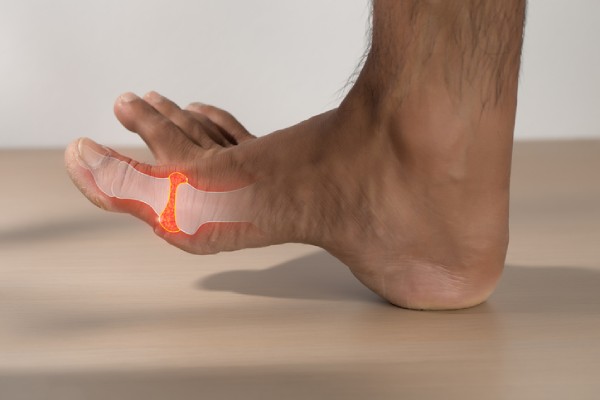Our bodies provide signals when struggling under strain, imbalance, or deterioration, well before breakdown or impairment sets in. Recognizing the symptoms that need assistance prompts us to provide needed support, whether through lifestyle adjustments, orthotic devices, physical therapy or visiting specialists like a foot and ankle specialist, like the experts at Beyond Podiatry. Do not ignore these common clues that your body needs help.
Fatigue Accelerates
Rapid tiring while completing usual activities indicates overexertion taxing bodily resources. Additional support lightens loads, reduces effort and delays onset of exhaustion.
Discomfort Emerges
The onset of atypical soreness during or after regular motions often traces to tissue strain near limits. Mild pain tends to escalate without reinforcing support.
Range of Motion Decreases
Progressively limited flexibility completing common movements shows restricted joints and shortened muscles unable to move freely through full range without discomfort.
Strength and Coordination Suffer
Reduced capacity to lift, pull, balance, or handle finely tuned motions mirrors depleted muscular fitness. Supporting moves with braces or aids helps avoid strength declines through injury risk.
Inflammation and Swelling Appear
The body inflames areas undergoing unusual physical stress in order to protect them. Support use during activity and recovery treatments afterwards like ice, compression and elevation help calm these reactions.
Stiffness and Cramping Increase
Delayed onset muscle soreness following mild activity signifies deficient conditioning unable to keep up with demands. Supportive steps prevent escalation to painful spasms or debilitating cramps.
Injury Recovery Stalls
Inadequate healing progress weeks or more after an injury points to tissues lacking the inputs to fully mend. Supportive therapies deliver circulation and nutrients to restart reparative processes.
Nagging Physical Issues Persist

Low grade, chronic issues continuing despite rest or at-home care signify an unresolved root problem requiring more attentive support and management. Otherwise, symptoms amplified into worsening flare-ups.
Malaise and Mood Issues Emerge
Excess systemic inflammation, pain and fatigue prompt chemical changes that spark mood disorders, lack of motivation and mental cloudiness until the body rebalances with support.
Weight and Body Composition Shifts
Rapid weight fluctuations either gaining fat or atrophying indicate the body’s efforts to lighten loads and metabolic costs on distressed structures by shutting down nonessential functions.
Postural Changes Materialize
Sagging posture, forward head and neck or uneven pelvis/shoulders compensate for spinal instability and muscular imbalances differently distributing weight without adequate support.
Gait Abnormalities Arise
Altered walking motions like shortened stride, limited arm sway or exaggerated side to side hip movement attempt to minimize pain and effort for strained joints and tissues.
Sleep Suffers
Pain, anxiety and constant discomfort from structural weakness or musculoskeletal disorders lead to insomnia and restlessness without supports granting needed rest.
Seeking Professional Care
If you notice increasing signs your body cries out for assistance, consult health providers sooner than later to halt cascading issues. For recurring foot or ankle pain, limping, swelling or mobility problems, make an appointment with a foot and ankle specialist for diagnosis and custom treatment planning to reinforce your foundation. Lending your body proper supports at the first hints of need makes all the difference long term.
Conclusion
Tune into subtle messages from your body communicating its struggles and resource deficits through emerging symptoms. Respond promptly by providing appropriate supports, external or internal, matched to your unique situation for optimal recovery and performance. Support in time saves you from deeper decline or collapse requiring intensive repair later on. Listen closely to what your body tells you it needs. Proactively addressing these warning signs with appropriate support measures helps maintain your body’s long-term health and functionality while preventing more serious complications down the road.

